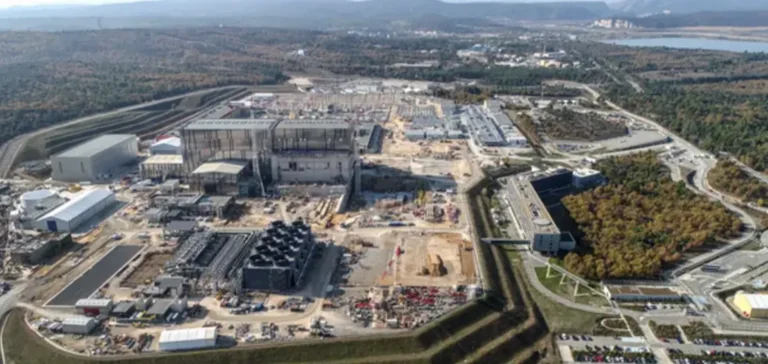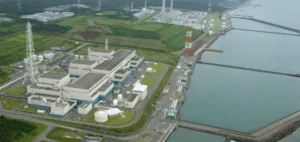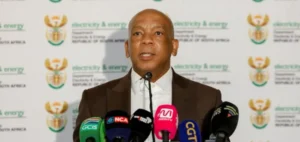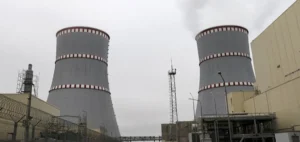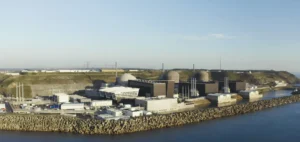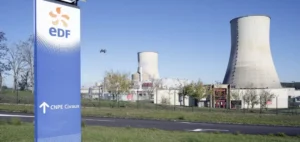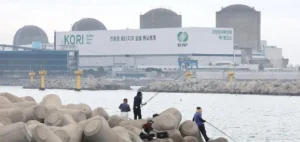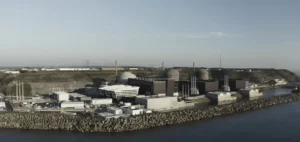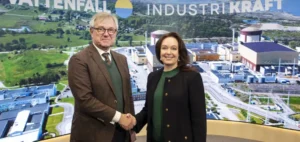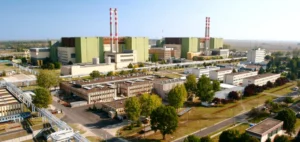The construction site of the International Thermonuclear Experimental Reactor (ITER) has received the first of four test rigs provided by Russia. The equipment is designed to conduct vacuum, thermal, and functional testing on port plugs, which are essential components of the reactor’s diagnostic system.
The rig was manufactured in Bryansk by the GKMP Research and Production Association, acting on behalf of the ITER Project Centre, which is affiliated with Russia’s state nuclear corporation Rosatom. The facility aims to replicate tokamak operating conditions as closely as possible to ensure the reliability of instruments before they are integrated into the reactor.
A highly technical testing facility
Anatoly Krasilnikov, Director of the ITER Project Centre, stated that this device represents “one of the most complex and science-intensive systems under our responsibility within the project.” The development of the rig required the implementation of advanced technological solutions by the Russian suppliers involved.
The delivery marks a key technical step in the ITER schedule, as the project moves toward a phased operational start, beginning with deuterium-deuterium fusion trials planned for 2035. ITER Project Director Sergio Orlandi said Russia had demonstrated “high industrial capabilities, ensuring timely delivery, with the required quality and within budget.”
A global collective effort on an unprecedented scale
ITER brings together 35 nations to build the largest nuclear fusion device ever undertaken. The European Union is funding nearly half the cost, with the remaining contributions shared among China, India, Japan, South Korea, Russia, and the United States. Construction began in 2010, and after several schedule revisions, a new roadmap was defined in 2024.
ITER’s technical goal is to demonstrate the feasibility of energy production via fusion by reaching 500 MW of output with 50 MW of plasma heating input. No electricity will be fed into the grid during this experimental phase, but the data collected is expected to lay the groundwork for future industrial projects.
Next Russian test rig deliveries expected
Three additional Russian test rigs are scheduled for delivery to the site before the end of the testing programme. Each rig will be used to validate different components prior to their integration into the tokamak. The logistical and technical support provided by Rosatom and its subcontractors remains central to adhering to the project’s revised schedule.


